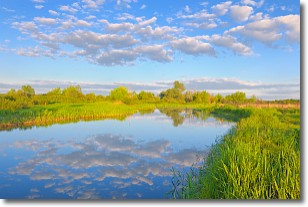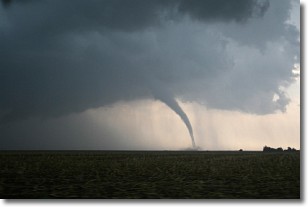Weather Alert in Arizona
Extreme Heat Warning issued June 17 at 12:33AM MST until June 20 at 7:00PM MST by NWS Flagstaff AZ
AREAS AFFECTED: Grand Canyon Country
DESCRIPTION: * WHAT...Dangerously hot conditions below 4000 feet, with daytime temperatures ranging from 102 degrees at Havasupai Gardens, to 114 degrees at Phantom Ranch. * WHERE...Lower elevations of the Grand Canyon. * WHEN...Until 7 PM MST Friday. * IMPACTS...Most individuals will be at risk for heat-related illnesses without effective cooling or adequate hydration, especially with prolonged outdoor exposure.
INSTRUCTION: This warning is reserved for only the hottest days of the year and is issued when temperatures are expected to rise to dangerous levels. Day hikers on Bright Angel Trail should descend no farther than 1 1/2 miles from the upper trailhead. Between the hours of 10 AM and 4 PM, hikers should be out of the canyon or at Havasupai Gardens or Bright Angel campgrounds, physical activity is discouraged. All hikers should have adequate gear, including a wide-brimmed hat, sunscreen, salty snacks, sufficient water, and electrolyte mix. Doubling your calorie intake helps maintain your energy. Hike smart.
Want more detail? Get the Complete 7 Day and Night Detailed Forecast!
Current U.S. National Radar--Current
The Current National Weather Radar is shown below with a UTC Time (subtract 5 hours from UTC to get Eastern Time).

National Weather Forecast--Current
The Current National Weather Forecast and National Weather Map are shown below.

National Weather Forecast for Tomorrow
Tomorrow National Weather Forecast and Tomorrow National Weather Map are show below.

North America Water Vapor (Moisture)
This map shows recent moisture content over North America. Bright and colored areas show high moisture (ie, clouds); brown indicates very little moisture present; black indicates no moisture.

Weather Topic: What are Stratocumulus Clouds?
Home - Education - Cloud Types - Stratocumulus Clouds
 Next Topic: Stratus Clouds
Next Topic: Stratus Clouds
Stratocumulus clouds are similar to altocumulus clouds in their
fluffy appearance, but have a slightly darker shade due to their additional mass.
A good way to distinguish the two cloud types is to hold your hand out and measure
the size of an individual cloud; if it is the size of your thumb it is generally
an altocumulus cloud, if it is the size of your hand it is generally a
stratocumulus cloud.
It is uncommon for stratocumulus clouds to produce precipitation, but if they do
it is usually a light rain or snow.
Next Topic: Stratus Clouds
Weather Topic: What are Wall Clouds?
Home - Education - Cloud Types - Wall Clouds
 Next Topic: Altocumulus Clouds
Next Topic: Altocumulus Clouds
A wall cloud forms underneath the base of a cumulonimbus cloud,
and can be a hotbed for deadly tornadoes.
Wall clouds are formed by air flowing into the cumulonimbus clouds, which can
result in the wall cloud descending from the base of the cumulonimbus cloud, or
rising fractus clouds which join to the base of the storm cloud as the wall cloud
takes shape.
Wall clouds can be very large, and in the Northern Hemisphere they generally
form at the southern edge of cumulonimbus clouds.
Next Topic: Altocumulus Clouds
Current conditions powered by WeatherAPI.com




